Piaggio Focke Wulf P149D
Production Time 9 to 10 weeks
Shipment is by FedEx, UPS or DHL International Express Courier with a normal door-to-door delivery time worldwide of within 2-3 business days after dispatch. Due to the current volatility of world fuel prices, the amount mentioned here is our best estimate for DHL and UPS and may be subject to change at the time of shipping.

Model Description: Piaggio Focke Wulf P149D Wood Replica Scale Custom Model Aircraft
Manufacturer: Piaggio Aero Focke-Wulf
Wingspan: 17 Inches (43.2 Centimeters)
Height: 6.4 Inches (16.3 Centimeters)
Scale: 1:24
$239.50
Production Time 9 to 10 weeks
-
United States dollar ($)
-
Pound sterling (£)
-
Euro (€)
-
Australian dollar ($)
-
Canadian dollar ($)
-
Singapore dollar ($)
-
Swiss franc (CHF)
-
Japanese yen (¥)
-
Danish krone (kr.)
-
Hong Kong dollar ($)
-
Norwegian krone (kr)
-
Swedish krona (kr)
-
United Arab Emirates dirham (د.إ)
General Product Description
Our PlaneArts Piaggio Focke Wulf P149D model exhibits unique, unrivaled quality and detailed design to come as close as possible to the accuracy of the actual plane. It comes as standard with a robust, durable base or stand which is available in a variety of different finishes designed to match your own personal requirements including solid wood, wood with polished metal supports or adjustable wood wall mount and will be ready within about 9-10 weeks from placement of order.
The Piaggio Focke Wulf P149D model is made of the finest kiln dried renewable mahogany wood (commonly known as Lauan or Meranti) which has undergone many stages of carving and meticulous and careful sanding giving the beautiful, finished museum quality masterpiece. Many collectors and model connoisseurs demonstrate their preference for genuine handmade and hand painted mahogany wood models rather than plastic or die cast (diecast) alternatives due to the overall look and totally different feel of the item - we trust you will find the same. We can however, if required produce the same model in Solid Cast Resin so just click and contact us for further information. Our craftsmen and gifted artisans ensure that our finely handcrafted model airplanes match the precise blueprint details of the original aircraft. The paint scheme, markings and parts are closely matched, reflecting the original aircraft. This stylish top-quality desktop replica model will surely enthrall anyone who receives this as a gift and for sure one of the most appropriate and desirably collectable gifts for any military aviation enthusiast and avid aircraft collector whilst also displaying a perfect resemblance to the actual real life version.
There are many types of military propeller aircraft, but the basic types are bombers, fighters, fighter bombers, spotter planes, transporters, patrol aircraft, trainers, and reconnaissance and observation aircraft. All these types of aircraft are used for different types of missions. If you're a fan of historic or present-day military aviation, our model aircraft will bring the excitement and character of these aircraft right into your own home. You can order a wood airplane model of a North American B-25 Mitchell Bomber, a B17 - Flying Fortress, or a P-51 Mustang Nervous Energy V not forgetting the Bf 109, Spitfire, FW 190, A6M Zero, P-38 and F4U. These classic, propeller airplane models are of the highest quality. Each is individually crafted by our expert craftsmen. They produce handmade scale mahogany airplane models of the finest aircraft from World War I and II to present day biplanes and triplanes.
If you require, we can also make the Piaggio Focke Wulf P149D model in any other military, government or even private livery or colour scheme you require and if necessary, in a different size or scale. Just click here to contact us with a description or photographs of what you require, and we will let you have a quotation for the necessary customization by return email. We can also make bespoke scale replicas of any other private / civil commercial airliner or airliners, helicopter, glider, gliders with engines, military jet, warplane jets, biplane, triplane, tail fin, spacecraft, rocket or NASA model you require in any airline, military or civilian livery or colors. We also produce model airships, blimps, dirigibles, blimps, boats, and ship collectibles. Wall plaque or seal for military, government or private customers. Again, by clicking here to contact us just let us know exactly what you need.
The Piaggio Focke Wulf P.149D: A Historical Aircraft with Versatile Roles
The Piaggio Focke Wulf P.149D is an intriguing aircraft, serving as a versatile utility and training plane with a rich history that spans several decades. Originally designed by Focke-Wulf in Germany, its production was later taken over by the Italian manufacturer Piaggio, making it a unique cross-national artifact of post-war aviation history.
Origins and Development:
The P.149D was developed in the 1950s as a successor to the Focke-Wulf Fw 58, aiming to meet the requirements for a robust, multi-purpose military trainer. It first took to the skies in 1953 and demonstrated characteristics desirable for both training and light transport roles. The aircraft’s design incorporated a retractable landing gear, a feature that was somewhat advanced for trainer aircraft of that time, enhancing its appeal for military use.
Design and Specifications:
Featuring a low-wing monoplane design, the P.149D is powered by a Lycoming GO-480 six-cylinder engine, which delivers up to 270 horsepower. This engine configuration provides a perfect balance of power and efficiency, making it ideal for a variety of training scenarios. The aircraft has seating for four, including the pilot, which allowed it to be used for both instruction and transportation.
The P.149D is known for its excellent handling characteristics. Its control responsiveness and stability make it an ideal trainer, giving student pilots a reliable platform to learn a range of flying skills from basic maneuvers to more complex operations.
Military and Civilian Use:
Though designed initially for military training, the P.149D’s versatility allowed it to serve in several other capacities. Various air forces, including the German Luftwaffe and the Italian Air Force, used it extensively. Beyond its training role, it was also utilized for liaison and light transport duties, demonstrating its adaptability to different operational needs.
In the civilian sector, the P.149D gained popularity as a private aircraft for personal and business travel. Its robust design and ease of maintenance made it a favored choice among private pilots and small commercial operators alike.
Preservation and Legacy:
Today, the P.149D holds a place of respect among vintage aircraft enthusiasts. Many units are preserved and continue to fly in air shows and private collections. These aircraft serve as a living history, demonstrating the technological advancements and design philosophy of the mid-20th century aviation industry.
The P.149D not only trained hundreds of pilots but also bridged the technological cultures of Italy and Germany, making it a symbol of post-war collaboration and innovation. Its continued presence in the skies is a tribute to its design excellence and enduring legacy.
In conclusion, the Piaggio Focke Wulf P.149D stands out as a testament to the engineering prowess and collaborative spirit of the 1950s European aviation industry. Its role in training generations of pilots and its extended service life accentuate its significance in the annals of aviation history.
| Weight | 6 kg |
|---|---|
| Dimensions | 14.5 × 17 × 6.4 in |

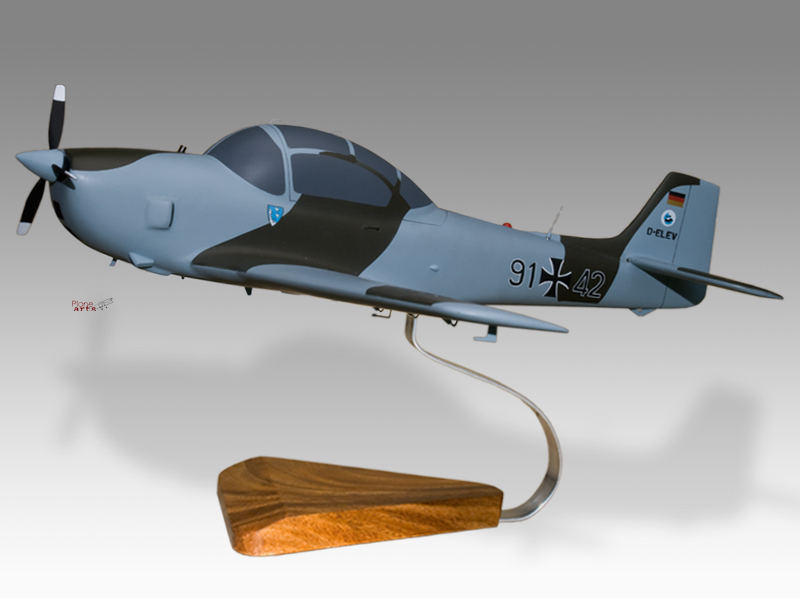

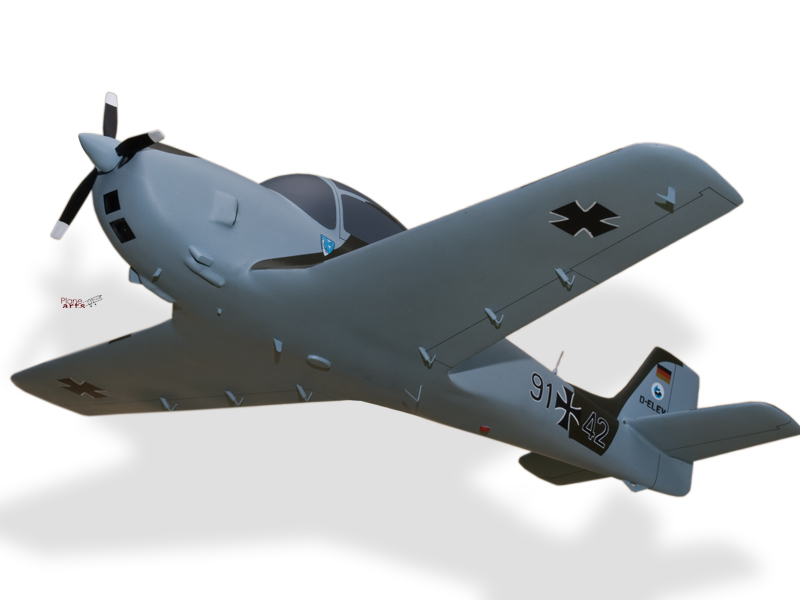
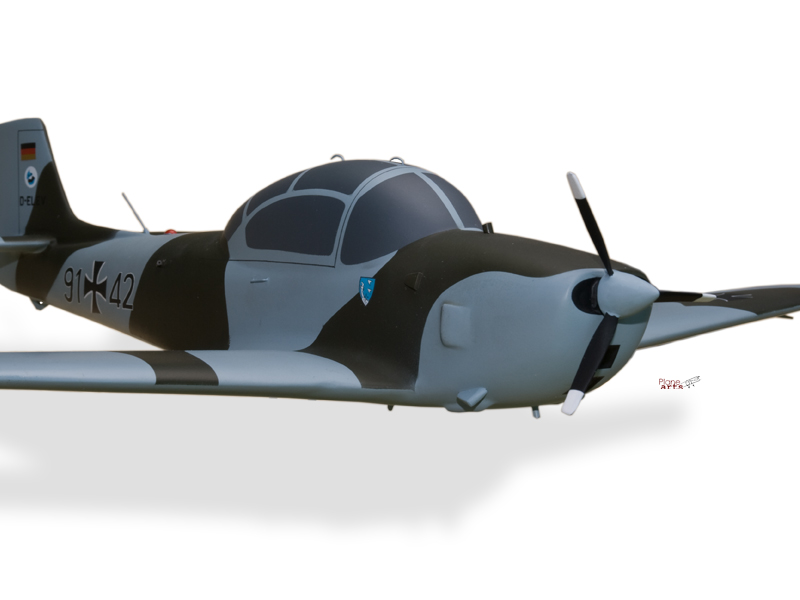
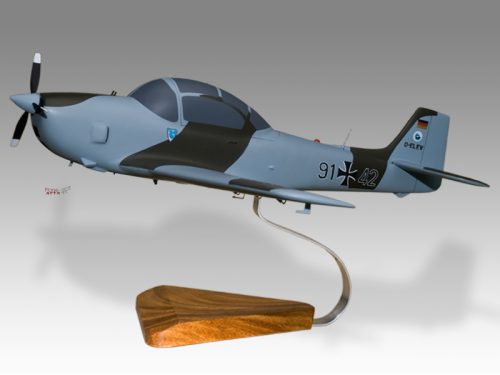
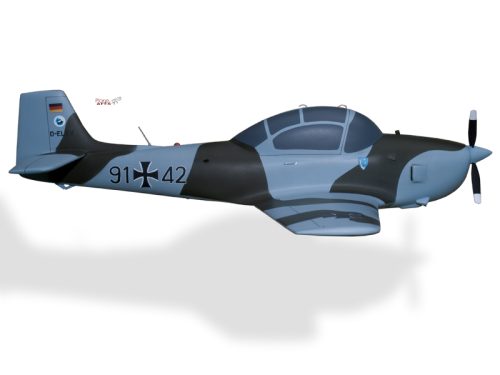
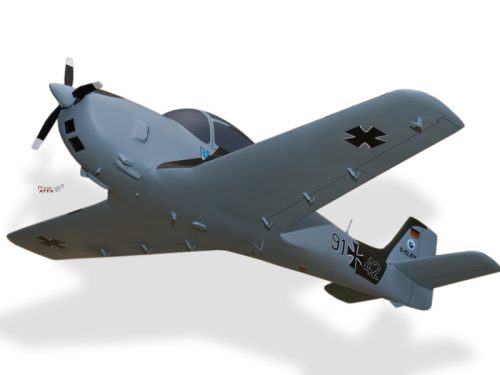
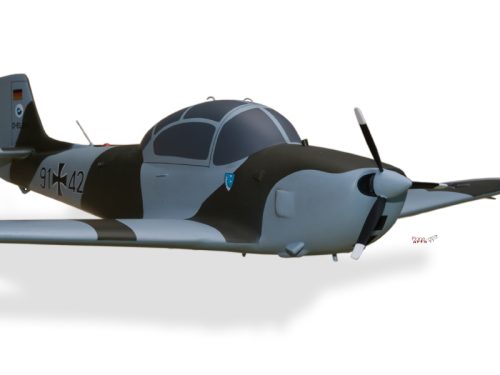
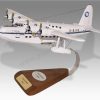
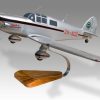
Reviews
There are no reviews yet.